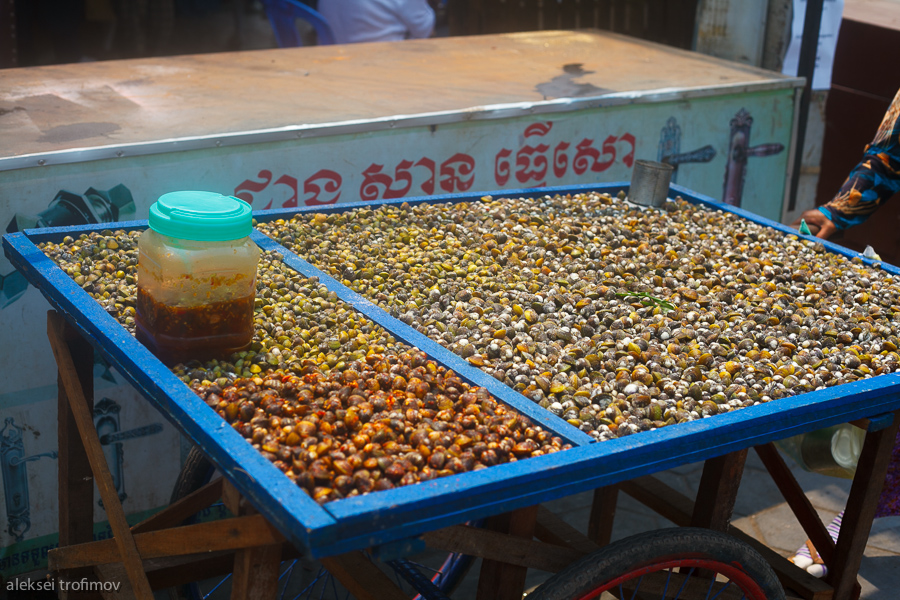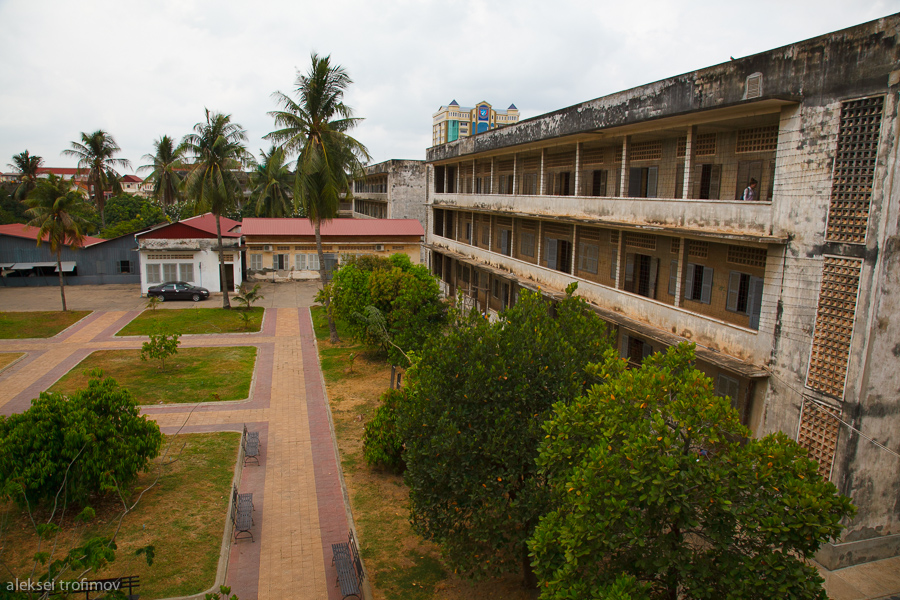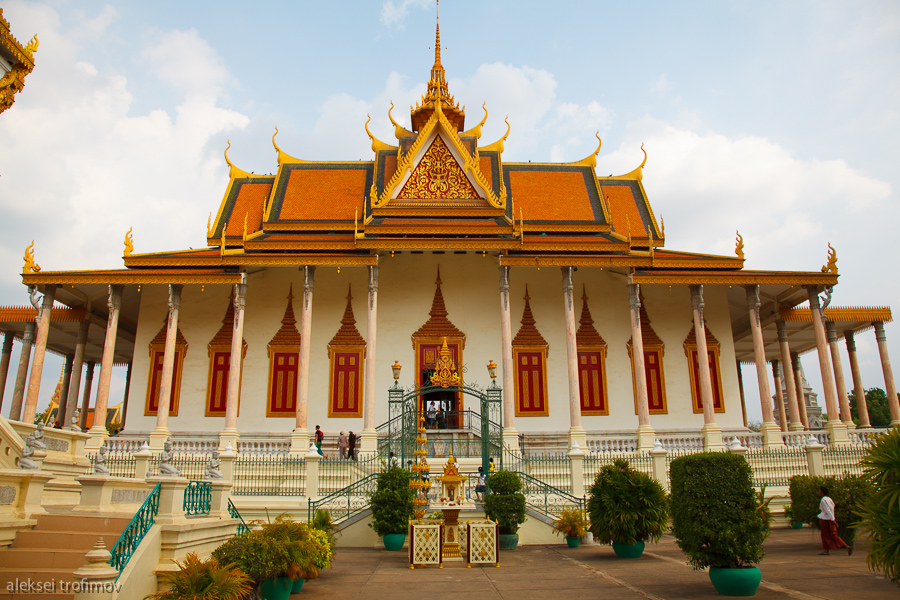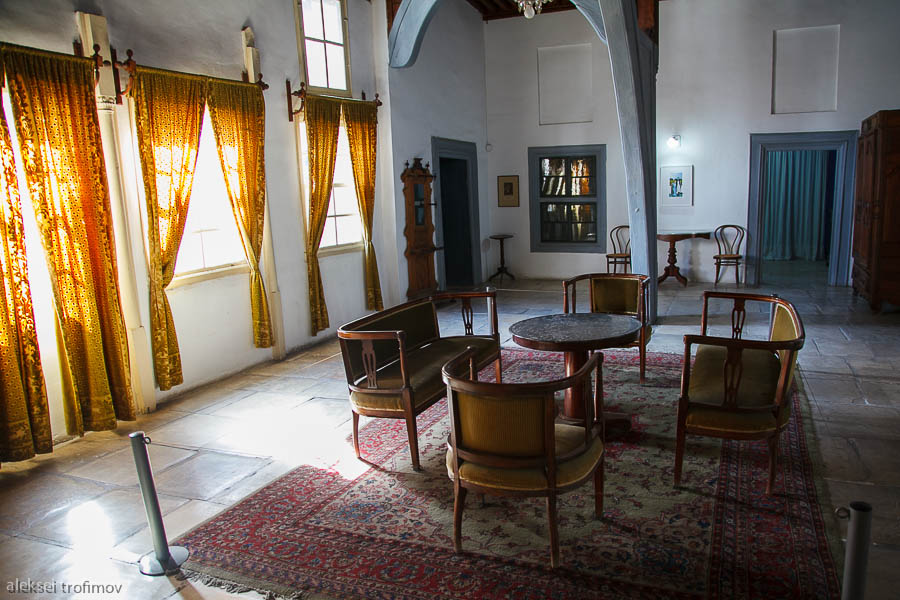I discovered the entire podcasting culture only last year, and was swept off my feet. It has changed the way I access information, in that now at many of those in-beteen moments out there when you wait with nothing else to do, I can actually use my time to listen to something fascinating and useful.
I consistently listen to two photography podcasts, both in English. I came to these by a trial and error process, adding a whole list of various podcasts and then one by one removing those I found tedious or uninformative. These two are similar in that they are both done by independent photographers who’ve got a natural need for publicity due to the way they organise their business. Their main occupation is leading photography tours and so they need to spread awareness of themselves to gain participants.
Martin Bailey is originally English, but for several years already he lives in Japan, speaks fluent Japanese and has acquired Japanese nationality. He specialises in nature photography and leads photo tours, of which the crown jewel is the tour of Hokkaido, or the snow monkeys tour, by the name of the most unusual animal seen on it. Martin tends to do rather lengthy podcasts in which very calmly and in substantial detail he lays out his recent photographic exploits, be it his most recent tour or a selection of best photographs he’s recently made. Despite his obvious expertise, Martin only switched to full-time photography about 2.5 years ago, and he prepared for this switch for a long time. I find his life story fascinating, exactly because of this aspect of masterminding, preparing and then executing this life-reclaiming plan.
The other podcast is the Camera Position podcast by Jeff Curto, an American photographer. This podcast tends to be very short, 8 or 10 minutes an episode. But every episode is a little gem, in that it draws attention to some artwork or some particular aspect of photography in the way that never fails to inspire me. Jeff also organises photo tours, normally in Italy to explore the Italian visual treasures, with the emphasis on culture.
I tried to find some photo podcasts in Russian, but the choice of podcasts in Russian is a lot more limited. I do listen to some non-photo podcasts in Russian, but so far haven’t found any interesting photo ones. Still, I cannot fail to mention the photo blog in Russian that I follow. It is by Dima Chatrov, who is a rather well-known figure in the Russian blogosphere. Again, his main pursuit is leading photo tours to all kinds of exotic destinations. I have taken part in one of his tours in April 2012, around Myanmar, which was a fantastic experience. I will write about this trip one day here. He has this particular sensibility for foreign lands, seeing them as fairytale destinations shrouded in mystery, and this is very much reflected in his photos (and texts). I know that he likes to do a lot of post-production work with his photos, which certainly allows for a great reflection of his artistic vision. I also follow his Photo Planet community blog, where the participants of his tours publish their photos.



